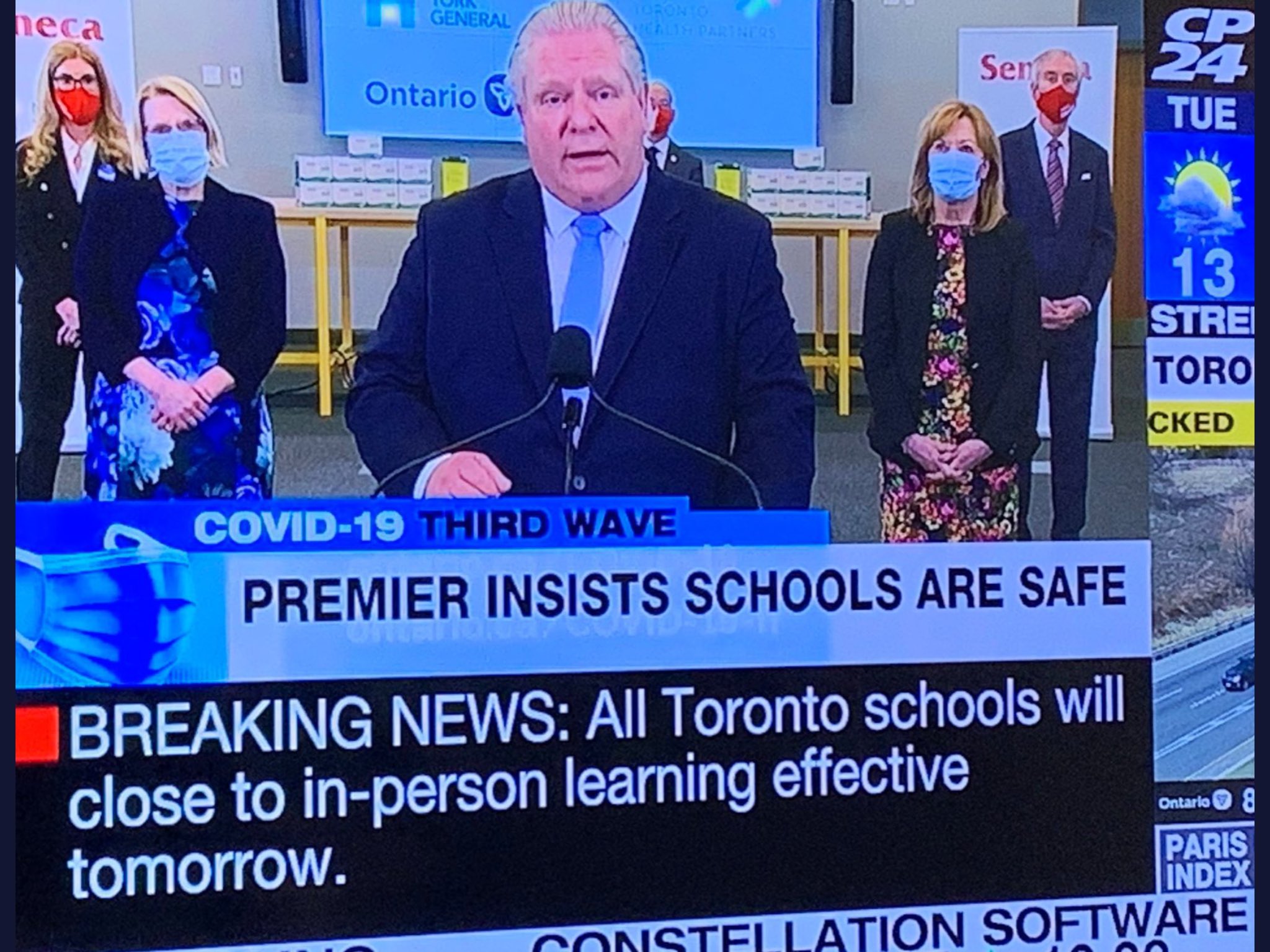January 25th was an important day to talk about mental health as each year, “Bell Let’s Talk Day” reminds us all that conversations are such an important part of our day as educators. As educators, it is our duty to ensure the mental well-being of each of our students is thought about daily. Some students keep their feelings inside and some claim to be happy 24/7. How do we dive deep into these important conversations and make sure that we are providing opportunities for our students to speak out? Here are some ways to get talking about mental health without making it the central focus. Starting small to get kids talking.
Math Activity
My students were looking at topics to create an infographic about and as a class, decided the most important infographic that should be on display in every intermediate class was one about mental health. So students looked for statistics related to youth mental health in Canada. They found fractions, percentages and various facts that told a story about the mental health of youth in Canada. They shared these infographics with their peers and discussed many important facts. Then, yesterday I pulled up the website about “Bell Let’s Talk Day” and students found many statistics on this page that they had used in their own infographics. We looked at the resources available and then talked about resources to help within our own school (Positive space groups, social worker, clubs, talking to teachers, etc.)
Drama Activity
I wanted to try an activity with my grade two and three students yesterday that connected to their mental health and it went very well. I encourage you to try it out with any grade in a future drama class or just as a class activity. Here is how the activity worked:
A student would be selected to be the actor and that actor would have some sort of problem that they were needing help with. Some examples are:
- Getting a bad mark on a test
- Getting into a fight with their best friend
- Their best friend was moving
- They felt sad but did not know why
- Their goldfish passed away
It was actually challenging to think of situations that would not be triggering for students. I made sure that the actor was okay with the situation and then they proceeded to act out their feelings towards the situation. Then, they would pick three friends from the audience who would one at a time come up and try to make them feel better. It was incredible to hear all of the solutions that their friends had. Students who had not participated in drama class in the past put up their hand for the first time. They were excited to come up and comfort their friend. After the lesson, I asked the students if they could use these strategies in real life and they all agreed that they could. I know this activity comes with a risk of students having to be vulnerable but I think it was useful. I even heard a student say, “I wish I had gotten that advice a month ago!” I loved this activity and hope to try it with my intermediate students in the future.
Language Activity
As report card season is in the midst, I decided to try a different reflection activity this term. I asked students to write one word or sentence on a cue card that best described their feelings towards report cards. This was an anonymous activity as when I collected the cards, I did not ask them to write their names on them. I then handed out a random card to each student. I asked them to think about why the student had written down that word/sentence. What could have been going through their head? Can you relate to what they wrote? Why or why not? I often hear grumblings about report cards around this time of year so I thought this would be a good chance for students to get it all out. An optional part of this activity could be having students share their word at the end if they felt comfortable doing so.
Art Activity
Last month, we were lucky enough to have someone from the Art Gallery of Hamilton come in to our classrooms. We were involved in a four week program working with watercolours with a focus on mental health. Students completed watercolour techniques in a very relaxing environment, using tape, string and tissues to create different looks. This was my favourite part of the day as every student felt connected to their work and rarely left to access a different space. Students were proud of their work and loved the simplicity of this. The arts have a way of making everyone at peace and I look forward to incorporating more periods to just create without a given set of rules.
These activities are just a few I have tried over the last month or so and I am always looking for new ways to get my students feeling comfortable around their peers and with themselves. I would love to hear about more if you have some that have worked in your own classrooms. I hope to include some photos once I am back in the classroom next week so stay tuned.




